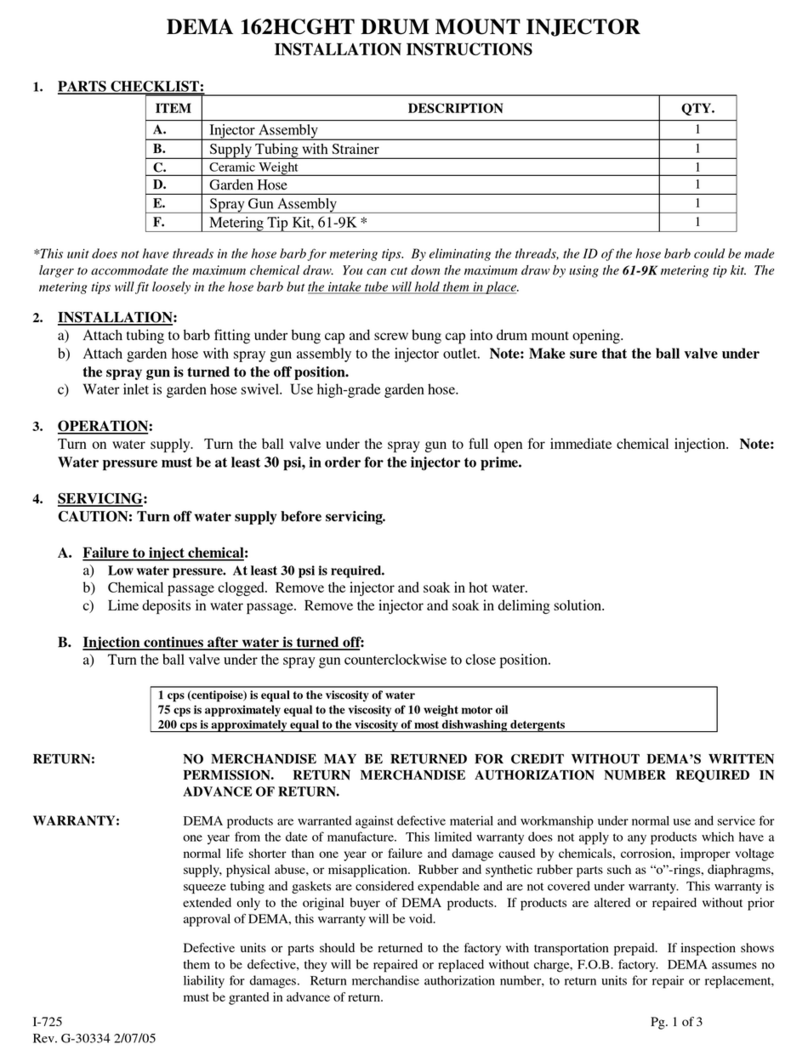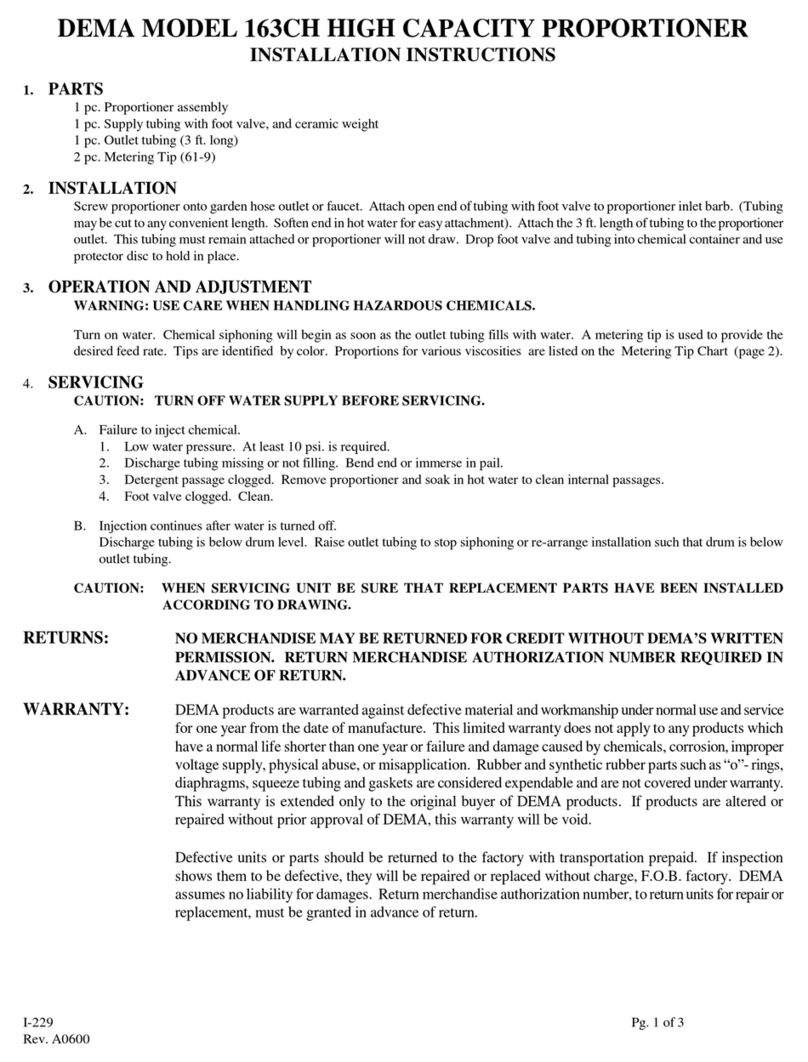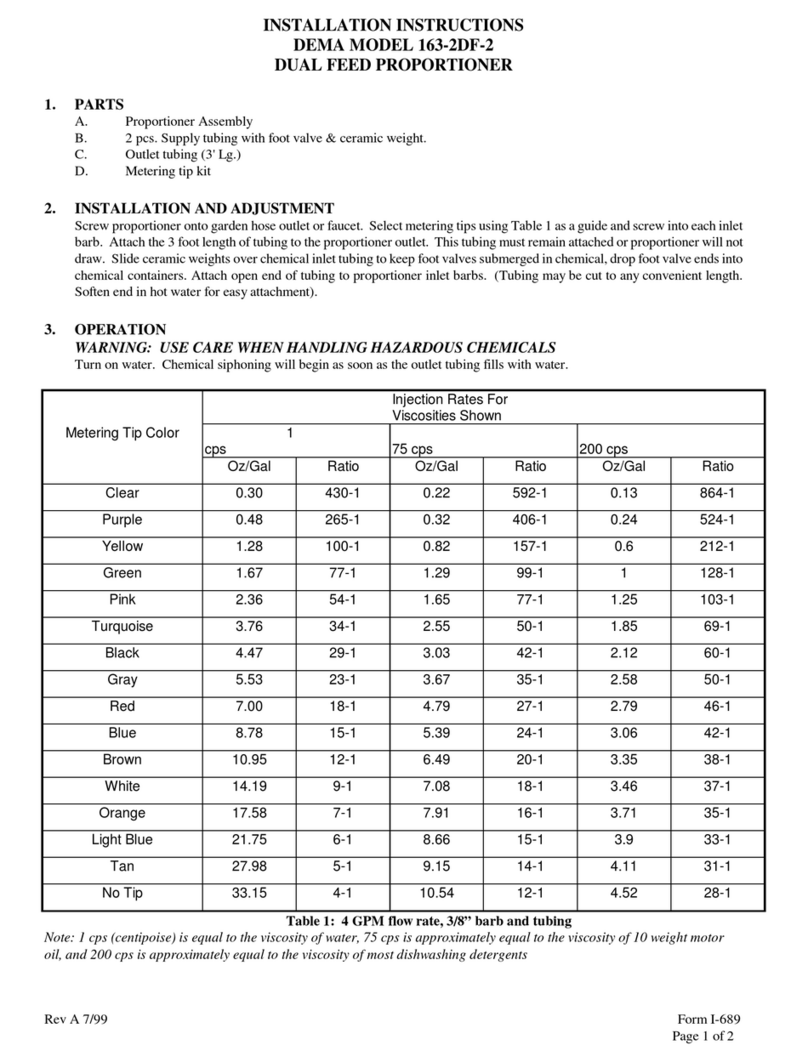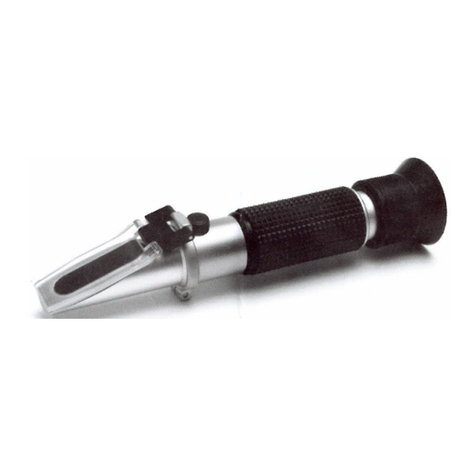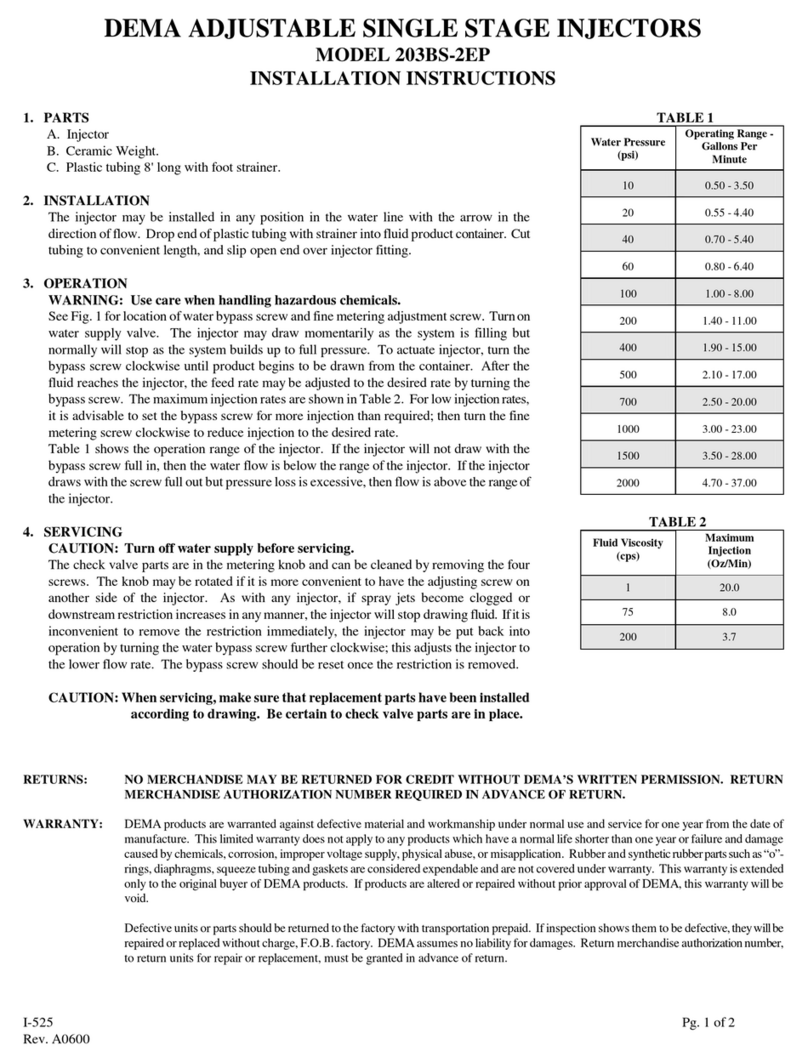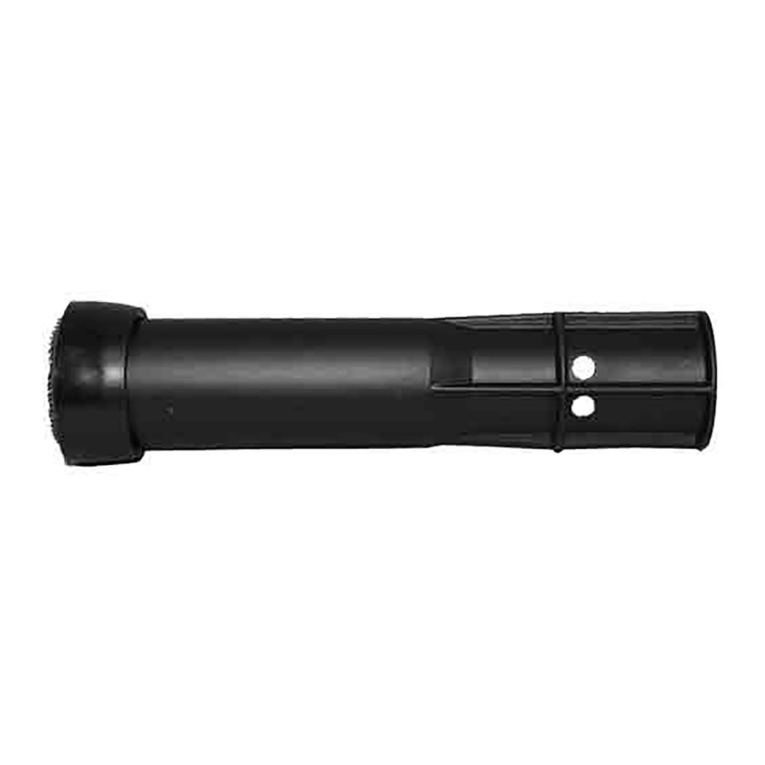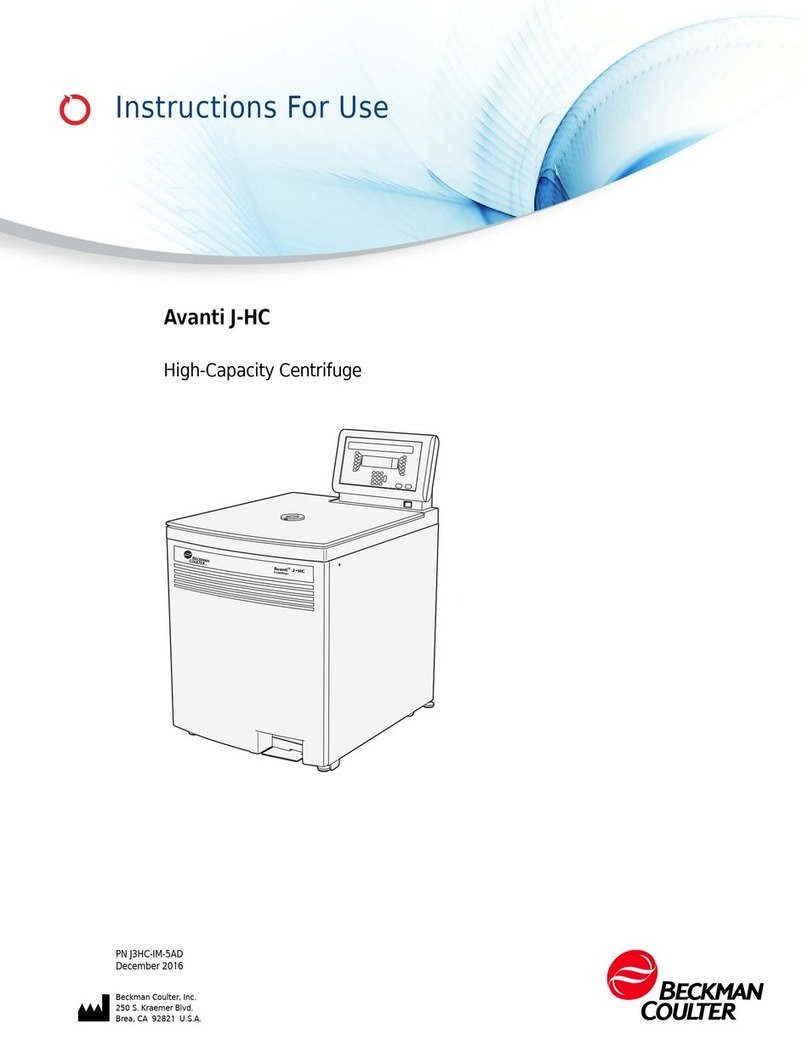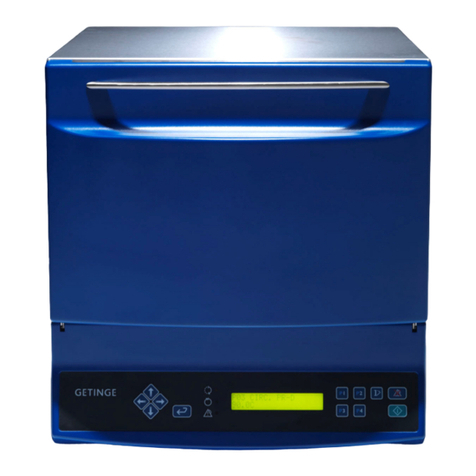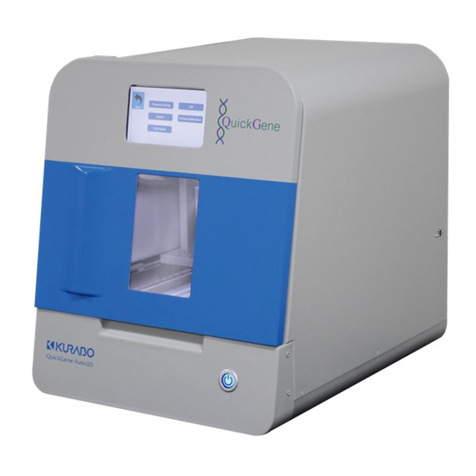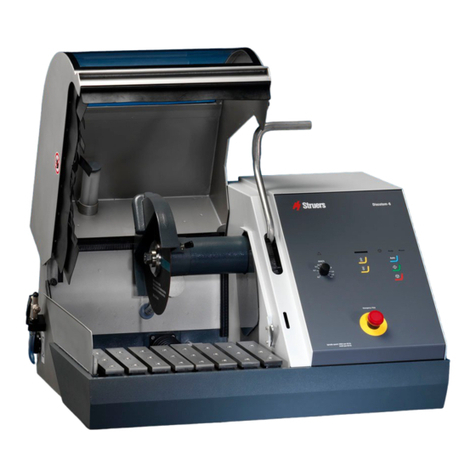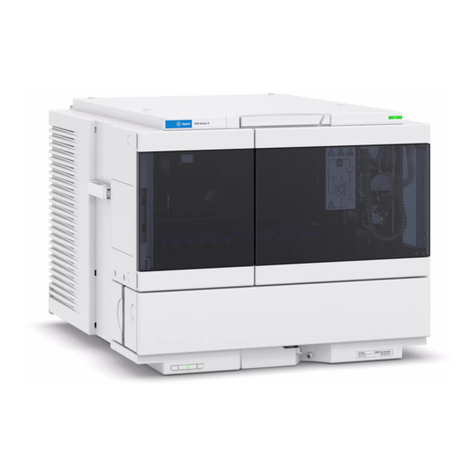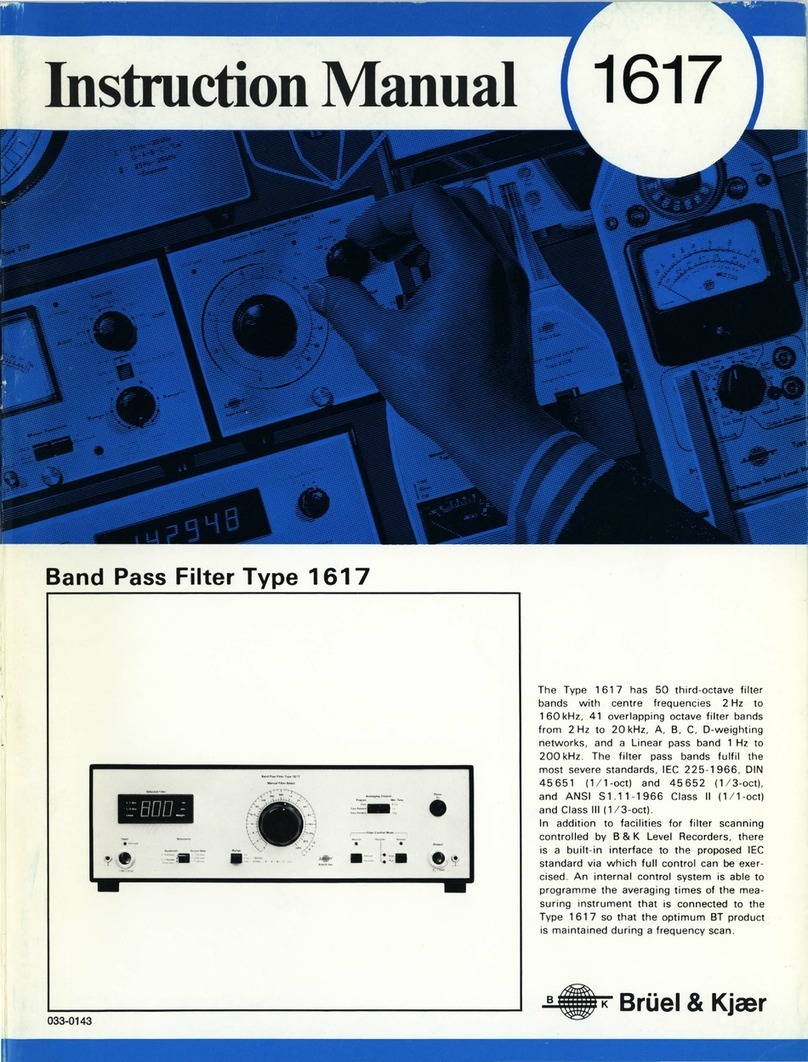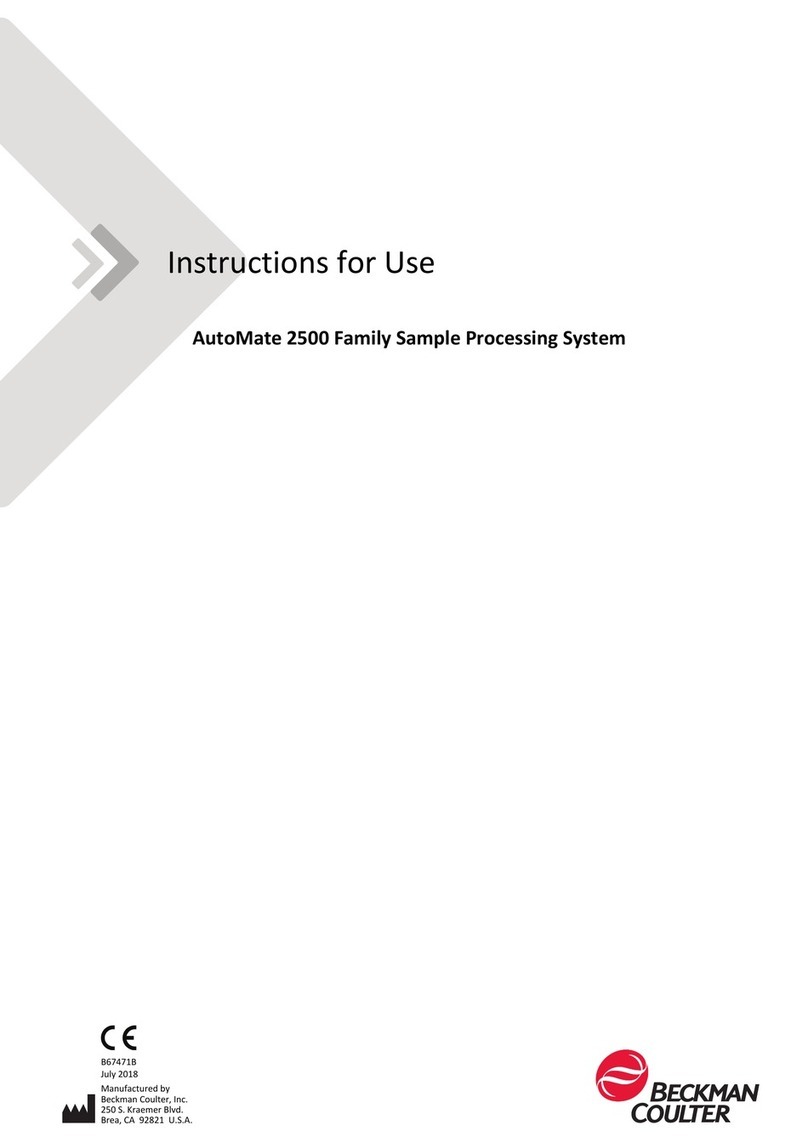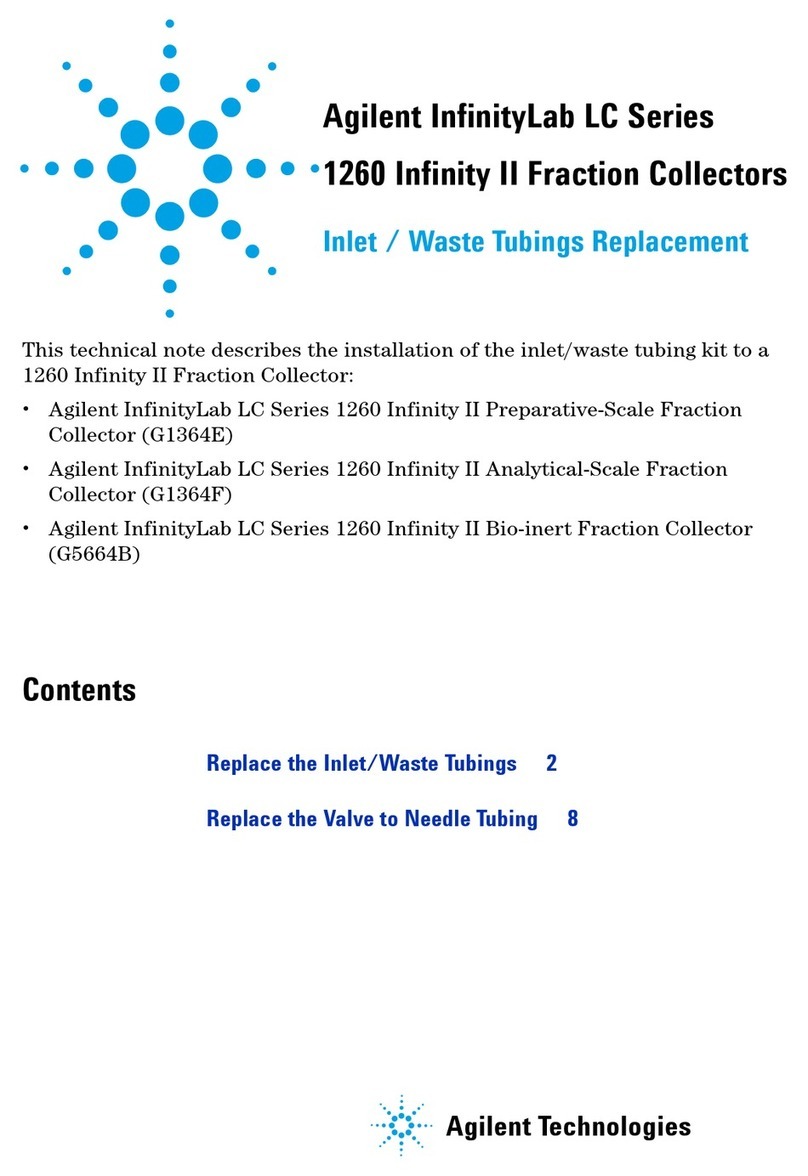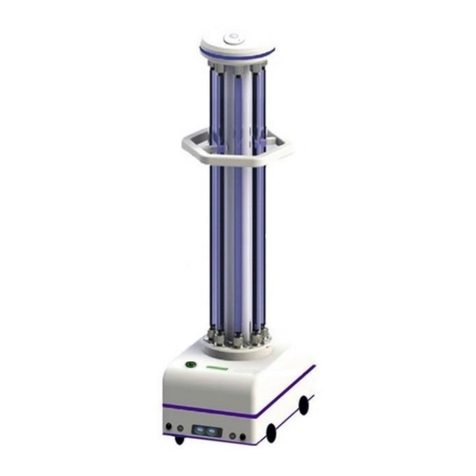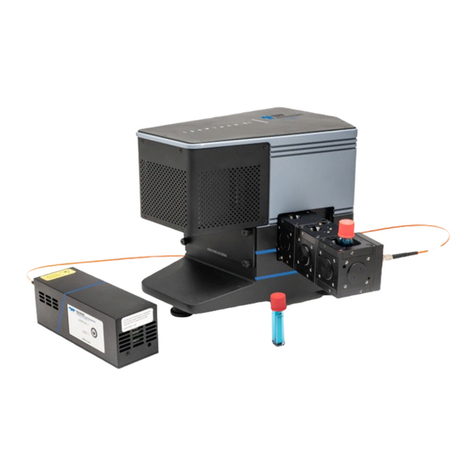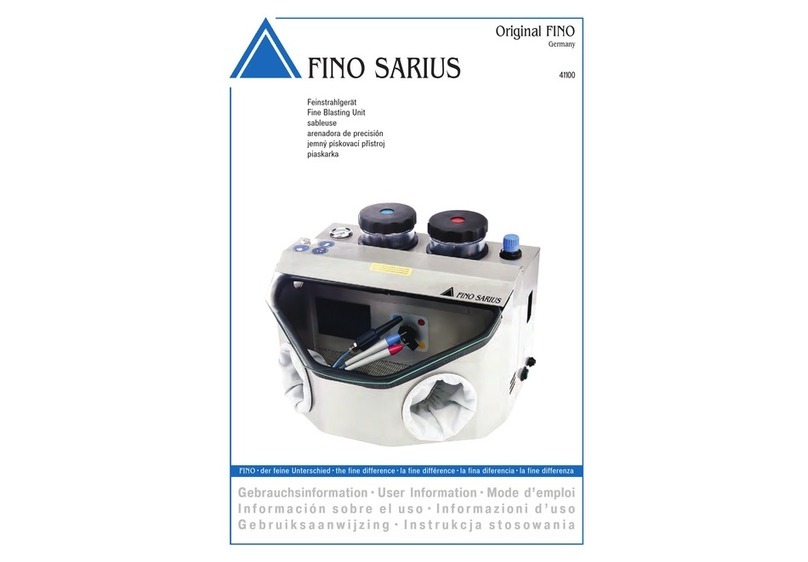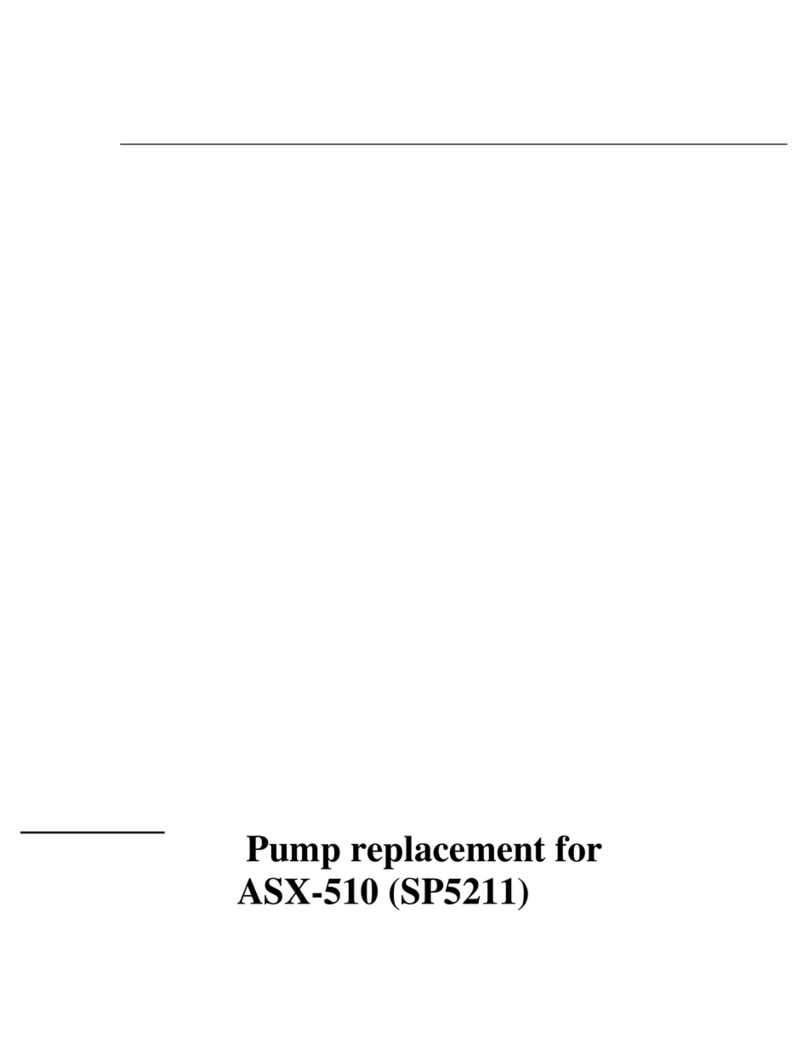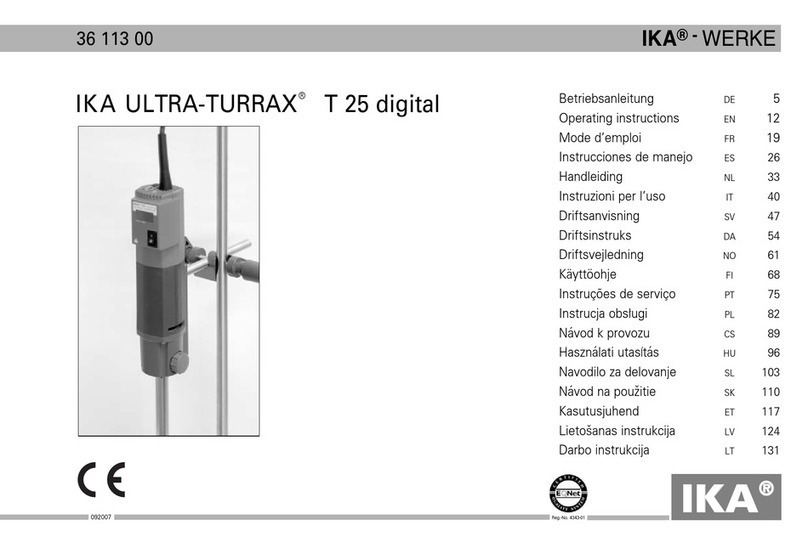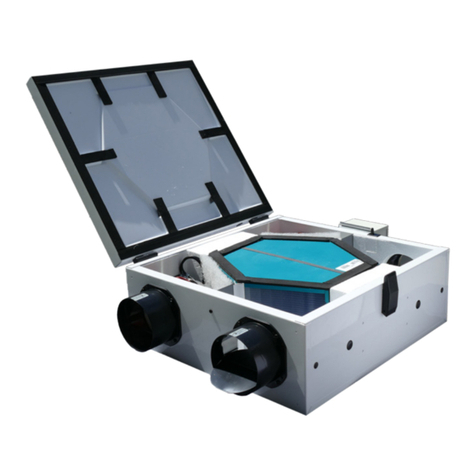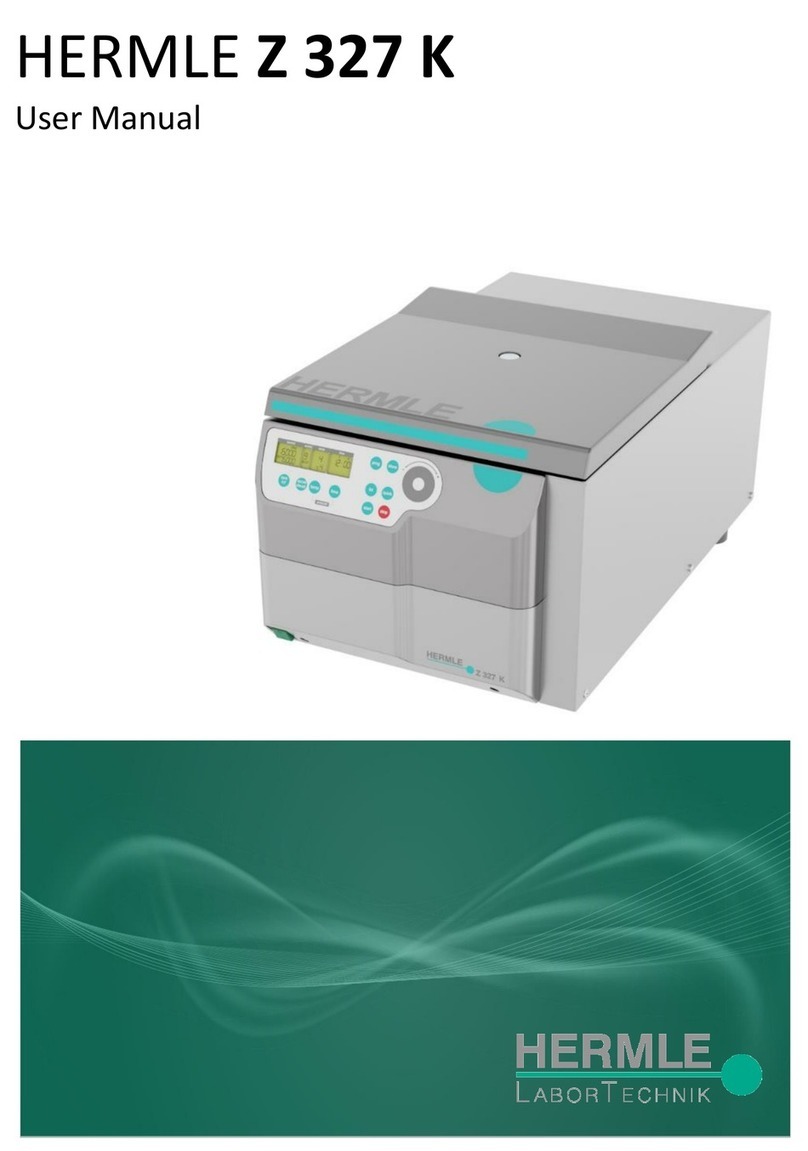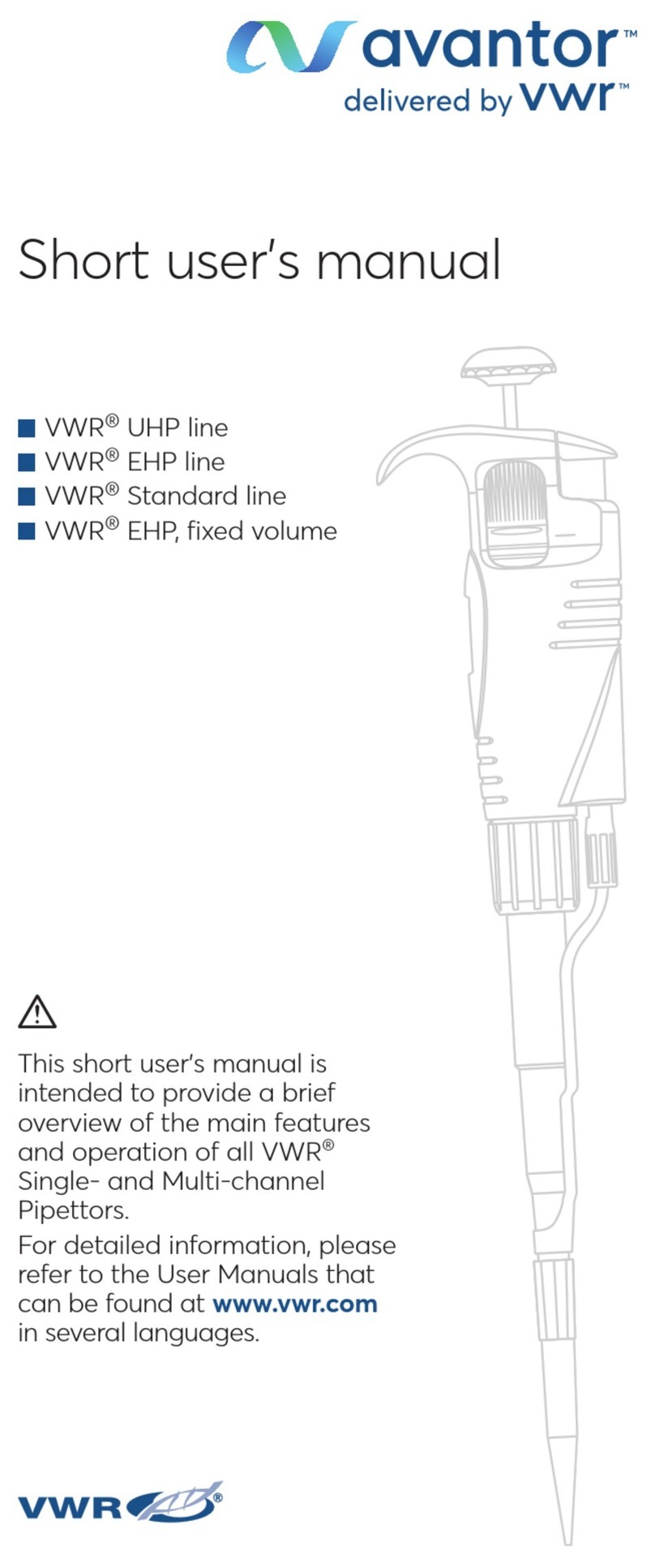
I-776 Page 13of 18
Rev. G29208
Trouble Shooting
(Some models may not include all items listed below)
Water supply pressure should in the 20-125 psi range and water temperature must not exceed 150°F.
See section labeled “Maintaining and Servicing the DAH Blend Center” on page 9 for more information.
Trouble Probable Cause Remedy
Proportioner fails to draw
chemical properly. 1. Insufficient water supply pressure.
2. Inspect foot valve for dried chemical or dirt.
3. Proportioner metering tip clogged with dried
chemical.
4. Inspect Air Gap proportioner for mineral
deposit build up on top nozzle or inlet screen.
1. 20 PSI is the minimum allowable pressure. Seek
Plumber if necessary to increase water pressure.
2. * Soak in hot water to clean.
3. * Soak in hot water to clean interior passages.
4. * Soak nozzle and inlet screen in hot water or off
the shelf product such as CLR to clean and remove
mineral deposits.
“Air Gap” Proportioner is
dripping or spraying a mist
(fan pattern) of water.
1. Inspect “Air Gap” proportioner for mineral
deposit build up on top nozzle or inlet screen. 1. * Soak nozzle and inlet screen in hot water or off
the shelf product such as CLR to clean and remove
mineral deposits.
Sliding Lift Button won’t
“Lock” open for
continuous flow of
chemical/water solution.
1. “Sliding lift button” return spring may be
missing. (Note: Lift button must be slid up
before it will push in.)
2. Not using the proper procedure for locking the
water valve open.
1. Shut water supply off first. Slide “lever” all the
way up and hold it in place. Now push the button
in towards the wall. Let go of button and spring
should return lift button out to its original position.
Replace if missing.
2. See step 1 in section labeled “Getting to Know
Your DAH Blend Center” on page 2.
Water valve is not shutting
off completely. 1. “Sliding lever” return spring may be missing.
2. “Sliding lever” is not returning all the way
down due to interference between the sliding
lever and either the chemical supply and/or
outlet tubing.
3. Bucket fill outlet hose is catching the bottom
edge of the sliding lever during normal usage.
1. Remove cover and visually check for sliding lever
return spring. Replace if missing.
2. Remove cover and visually check for any tubes
rubbing the sliding lever. Routing of chemical
supply and outlet tubing must not restrict the
movement of the sliding lever. Reroute tubing.
3. Don’t pull the bucket fill outlet hose too tight from
either side otherwise sliding lever may not return
properly.
Water valve is leaking. 1. Enclosing tube nut is too loose.
2. One or more of the valve o-ring connections
are out-of-position. Clearly identify each leak
prior to disassembly.
1. Shut water supply off first. Hand-tighten the
enclosing Hose nut. Do not overtighten w/tool.
2. “O-ring” seals may be pushed out of place or
missing when subassembling valve together. See
section labeled “Adding a DAH blend center to an
existing DAH blend center” on page 10-13 for
reassembling.
Threaded connections are
leaking water. 1. The connection between the blend center and
water supply line is too loose or rubber washer
is missing.
2. Backflow prevention devices and/or
proportioners are too loose.
1. Shut water supply off first. Carefully tighten the
female hose coupling on the blend center to the
inlet water supply line. Do not overtighten.
2. Tighten loose connection(s) with tools if
necessary. Do not overtighten if using tools.
Proportioner continues to
draw chemical after water
valve is closed.
1. Concentrated chemical is positioned higher
than the proportioner. 1. Move the concentrated chemical so it is lower
than the proportioner.
Can’t pull the Remote Fill
Hose Assembly off of the
proportioner.
1. Hose Clamp is not loose enough.
2. Both 1/8” I.D. tubes must be removed prior
to removing the double hose.
1. Loosen clamp more.
2. Remove 1/8” I.D. tubes. See section labeled
“Disassembling & reassembling the remote fill
hose assembly” on page 9.
Trigger on Remote Fill
Gun is very hard to
squeeze.
1. High pressure and low pressure (blue and
clear) hoses are crossed. 1. Install the blue and clear hoses according to
Figure 3 & 5 in the section labeled “Parts list for
DAH Blend Center” on page 15.
* (See section labeled “Checking backflow prevention device/proportioner, metering tip(s), and/or foot valve(s)” on page 10 for more information.)



















